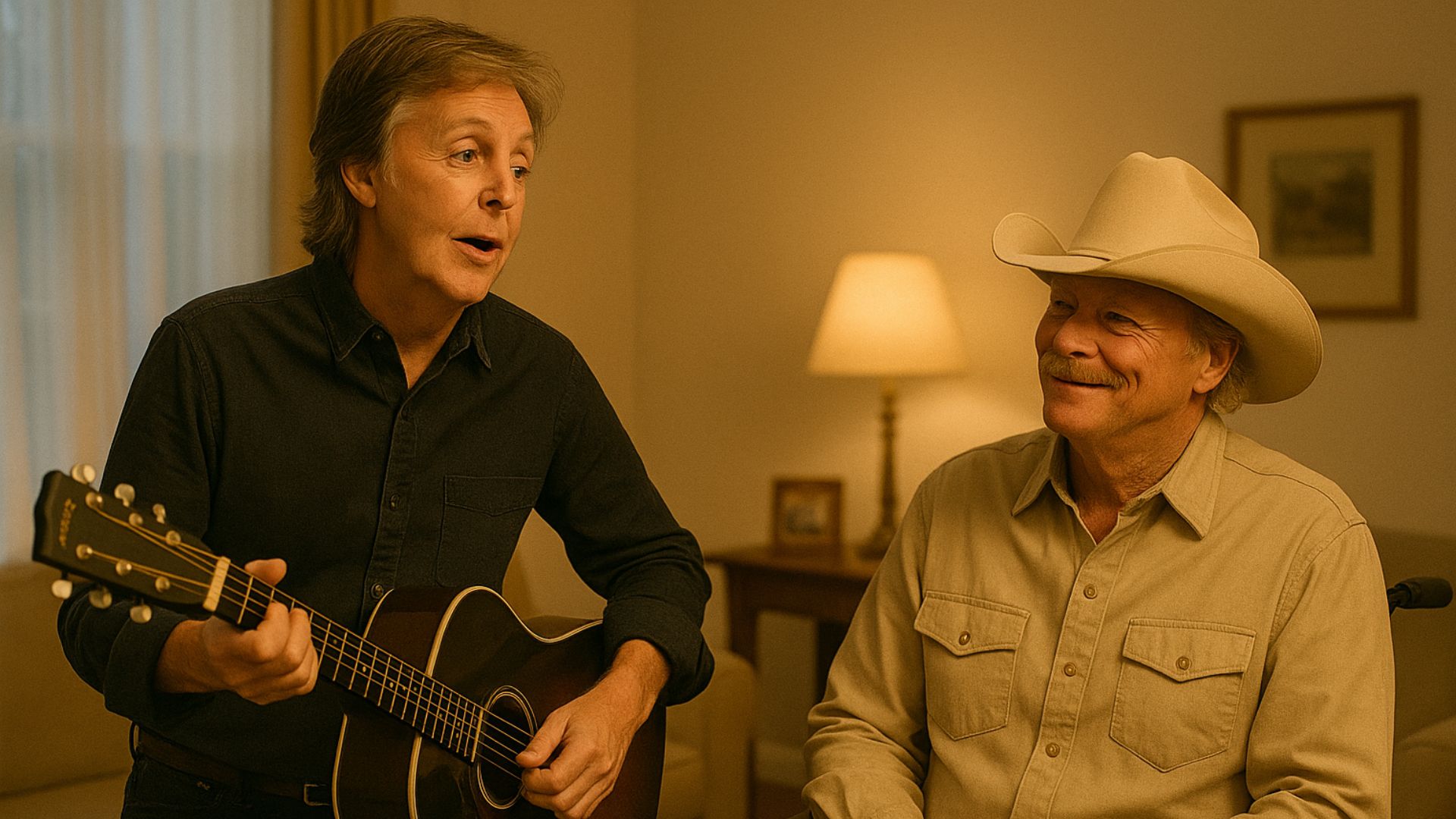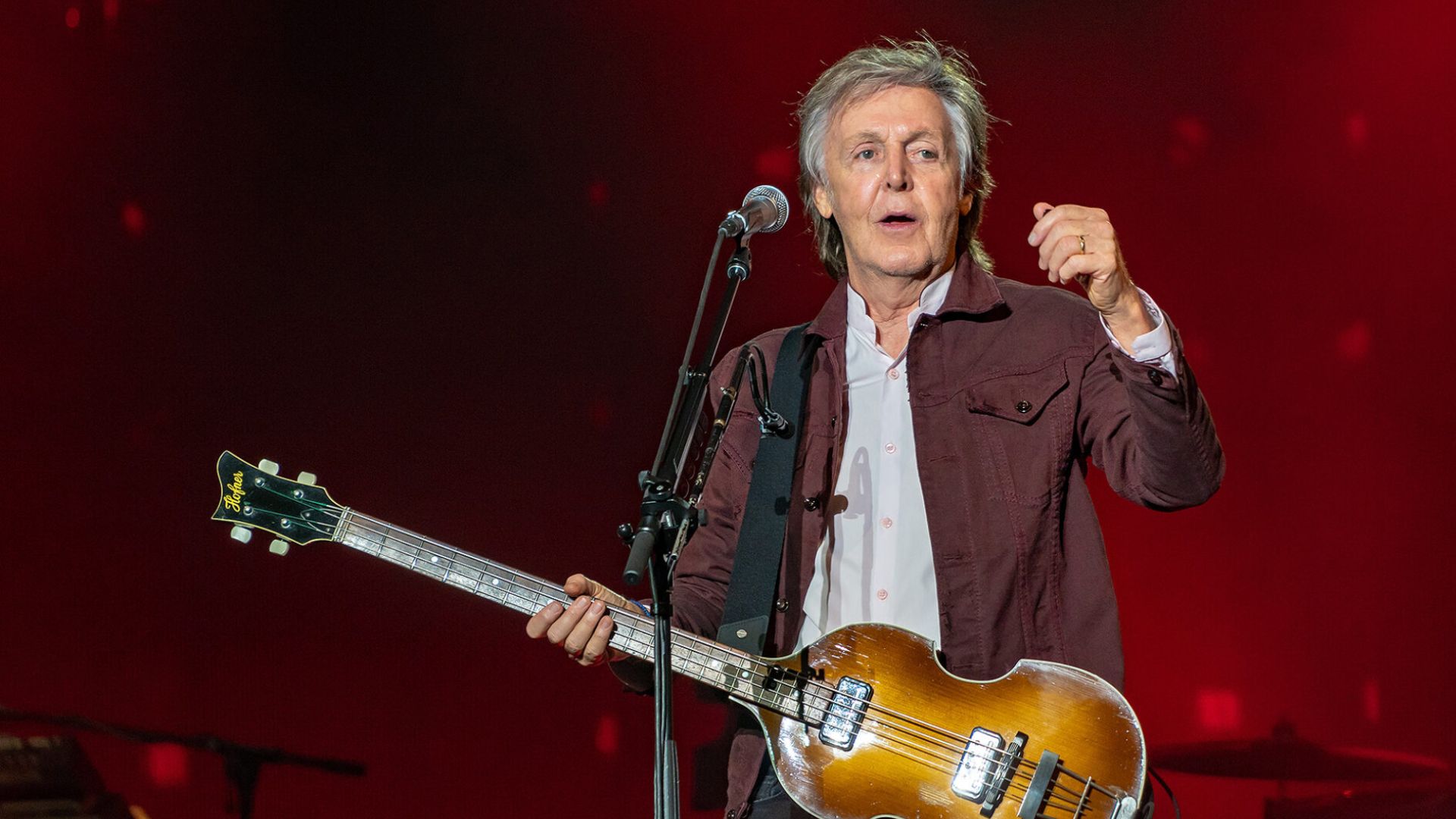
When The Beatles released “Let It Be” in 1970, the world was watching the greatest band in history quietly fall apart. Arguments filled the studio, friendships were fraying, and the dream that had carried them from Liverpool to the world was nearing its final act. Out of that turbulence, Paul McCartney sat at a piano and wrote something that felt almost like a benediction — not only for his band, but for everyone who’s ever needed to find calm in the storm.

The song begins in stillness. A gentle piano phrase, simple and familiar, carries McCartney’s voice — warm, pure, and unguarded. “When I find myself in times of trouble, Mother Mary comes to me…” The line sounds biblical, but it wasn’t about religion in the traditional sense. Paul later explained that “Mother Mary” referred to his own mother, Mary McCartney, who had died when he was fourteen. One night, during the chaos of the late Beatles years, he dreamt of her — her face kind, her words soft: “It will be all right. Just let it be.” When he woke up, he wrote the song.
💬 “And when the broken-hearted people living in the world agree, there will be an answer…”
Those words, though written from one man’s dream, became universal. “Let It Be” is not a song of surrender, but of acceptance. It doesn’t promise miracles — it simply reminds us to breathe, to trust, to let the noise fade. McCartney’s genius was in his restraint: the melody moves slowly, gracefully, like a prayer whispered instead of shouted.
Musically, the song is one of The Beatles’ most powerful examples of understatement. George Harrison’s guitar solo, lyrical and restrained, glows like sunlight breaking through clouds. Ringo Starr’s drumming is steady and reverent, never intrusive. John Lennon, despite his growing distance from Paul at the time, adds a harmony that feels almost ghostly — a final act of unity before silence. The orchestration swells near the end, but never overwhelms. Everything in “Let It Be” feels designed to comfort.
Released first as a single, and later as the title track of their final studio album, the song arrived at a moment when both The Beatles and the world were craving reassurance. 1970 was a year of endings: of innocence, of optimism, of an era that had believed music could heal everything. Yet “Let It Be” offered a gentler truth — that even in loss, peace can still be found.
Over the decades, it has become one of the most beloved and enduring songs ever written. It’s been sung at funerals, in churches, in war zones, in quiet moments of hope. It has outlived the band that created it, and in doing so, fulfilled its own message: to endure without bitterness, to find beauty in letting go.
For McCartney, the song remains deeply personal. Each time he performs it, often beneath a single spotlight, his voice carries both memory and release. It is as if his mother still stands beside him, whispering those same words — not only to him, but to us all.
Because “Let It Be” isn’t about resignation. It’s about faith — not in fate, but in grace.
It’s the sound of acceptance, of light after sorrow, of hope after everything else has gone quiet.
And in that final chorus, as Paul sings “There will be an answer…”, you realize the miracle isn’t that he found one — but that he taught the world how to live without needing to.